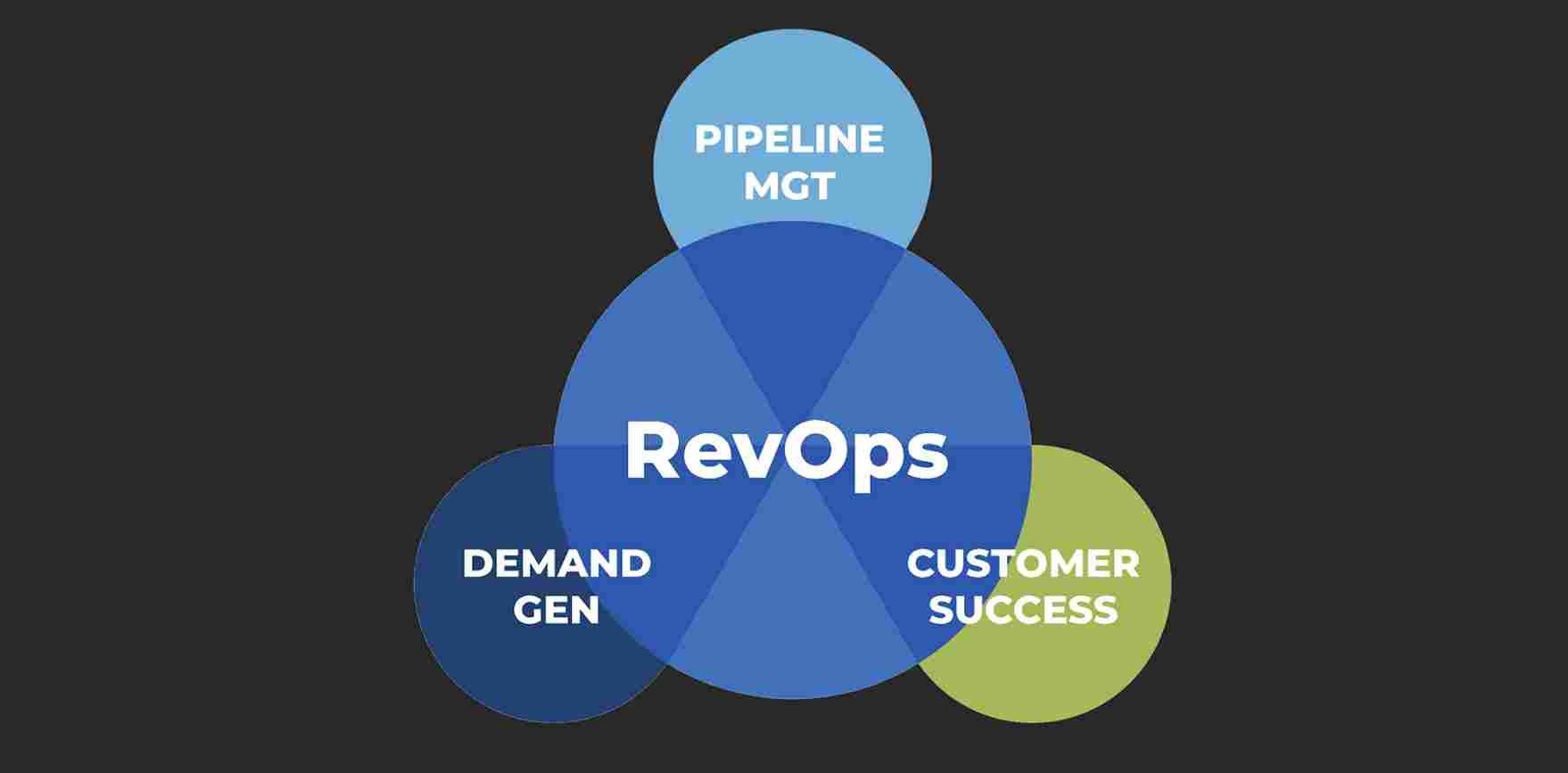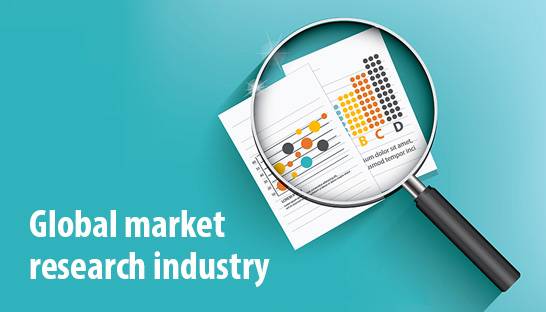Why Microsoft views quantum technology as a ‘big prize to go after’
Brandi Vincent
The full-stack, scalable quantum supercomputer Microsoft is building isn’t ready just yet — but the tech giant is already working with the government and other companies to prepare quantum-inspired algorithms to run on classic high-performance computers and, hopefully, pave the way for workloads of the future.
Almost two decades into the company’s journey exploring the promise of quantum information science, Microsoft officials see breakthroughs, and threats, just beyond the horizon.
“We’ve learned a lot, because this is one of the longest-running research projects that Microsoft has ever had. I mean, imagine a commercial [set-up] where I do see my [chief financial officer] every quarter, having to go in and say ‘we’re still doing that quantum thing. It’s year 17, but trust me, this is going to be so awesome. It’s going to blow you away and we’re getting closer on that,’” the company’s Executive Vice President Jason Zander said this week.
During a keynote presentation at Microsoft’s National Security Symposium, he added: “Our crypto schemes that we use today, those crypto technologies, will not survive a highly scalable quantum computer, and so there’s all this work that we’re doing about post-quantum [cryptography] and figuring out the algorithms we should be using. Anybody that’s worked with large organizations, whether that is a government organization or a commercial enterprise, you know swapping out crypto and other technologies is not something you just snap your fingers and it takes six months — it takes a very long time to go through. So, we even have to be doing that planning way in advance.”
Zander’s comments came just a couple days before President Joe Biden signed a national security memorandum that initiates that likely long and arduous, whole-of-nation process to secure America’s infrastructure against such advanced, yet-to-exist supercomputers, underscoring the risks they might pose.
Considered an alternative computational paradigm, quantum computing applies certain laws of physics to digital information processing. Proponents predict it could lead to revolutionary breakthroughs — like an unhackable internet — but as noted, so far, such outcomes probably remain years away.
Microsoft is among multiple major U.S. businesses, including Google and IBM, vying to be the first to achieve the quantum advantage.
Putting the expected opportunities into perspective in his presentation, Zander explained that “tasks that we think would literally take a million years to complete” on a classic digital transistor, “we think we can get done in about a day” using a transistor designed for quantum computers.
“That’s why it’s such a big prize to go after,” he said.
Other executives at the corporation also see the potential promise quantum holds — and the need to continue to prioritize work associated with it.
“Quantum computing technologies can accelerate the ability to analyze and process information for defense applications while dramatically improving security of that data and information,” Microsoft Federal’s Vice President for Defense Wes Anderson told FedScoop in an email on Thursday.
The company has made a range of recent progress on its quest to quantum realization. In March, officials “hit a historic milestone for” their program, by demonstrating the elusive building blocks for a topological quantum bit, or qubit.
Still, there’s a lot of work to do before a highly scalable quantum computer is all set up and fully operational.
Zander said while they continue to make gradual progress there, his colleagues are also designing quantum-inspired optimization algorithms that can function on classical computers now — so that when America’s first quantum machine is up and running, they can be readily applied to complete “transformational” tasks.
Recently, one of those future-facing algorithms was used to help NASA solve a network scheduling problem associated with communicating with spacecraft deep into the solar system, and beyond it.
“This is some of the biggest stuff that we’re doing from the motions of scientific experimentation, which is just really freaking awesome,” Zander said.





